Afterlife of Your Devices: What Happens After You Send Them for Recycling?
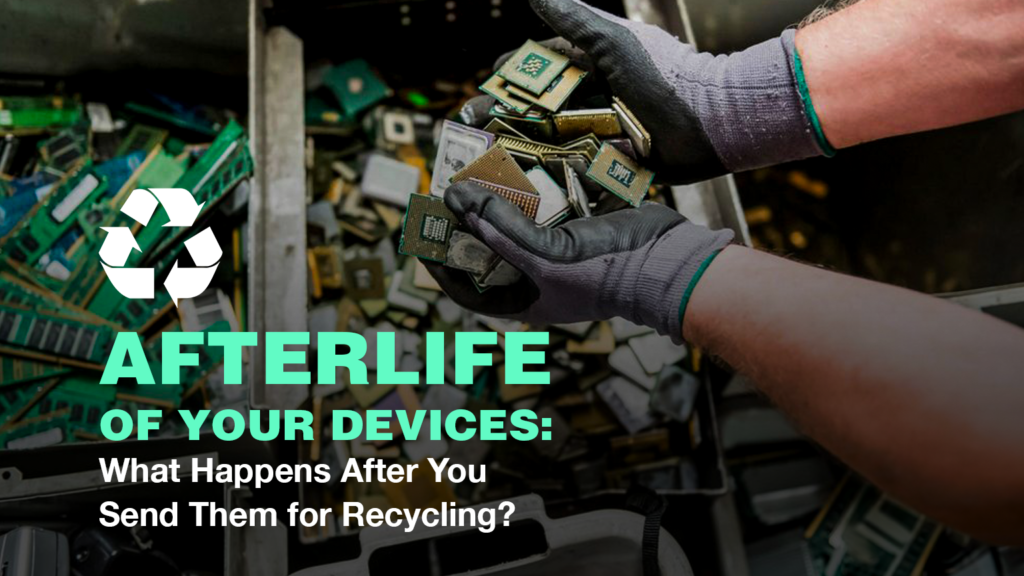
It’s not just humans who are concerned with the afterlife phenomenon, it’s also your tech-buddies! Ever wondered where your laptop or smartphone goes after you send it for recycling? It’s not the end but the start of a transformative journey. From dismantling to material recovery, we will uncover the fascinating afterlife of your devices and […]
How is EPR Related to You ?

Imagine a world without landfills, no mountains of discarded products cluttering up the earth. Sounds like a scene straight from a sci-fi movie, right? But what if we tell you this eco-utopia could become a reality, and you, our friend, have a leading role? Welcome to the world of EPR, or Extended Producer Responsibility, where […]
Your Old Laptop: Is it Thor or Galactus?
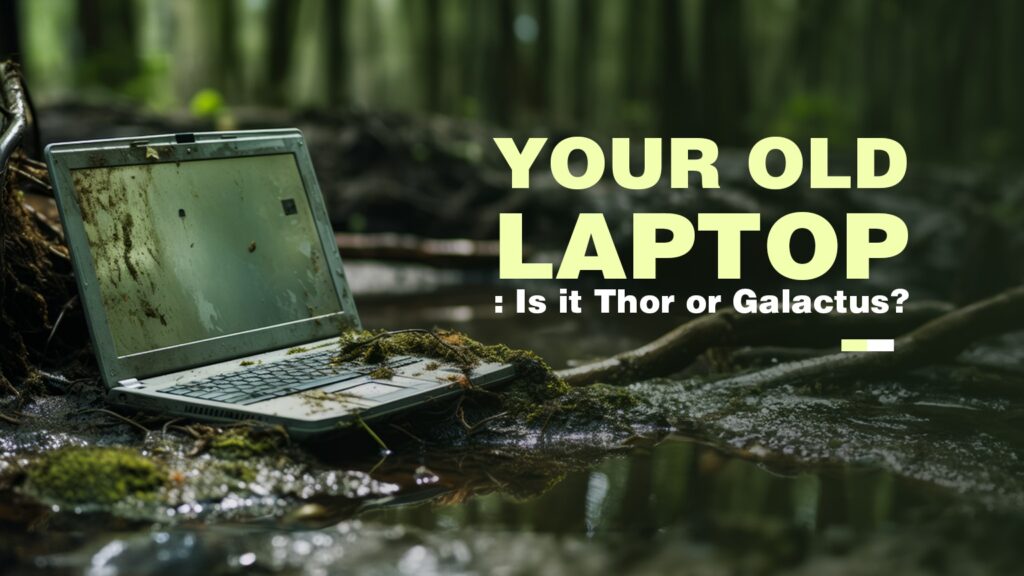
We can help you decide. Firstly, tell us do you think your old laptop is just a clunky piece of outdated tech? If yes, get ready to be convinced otherwise. Because, your device has the potential to be either a heroic force for good or a destructive villain on our planet. Imagine your old laptop […]
Tech Detox: What, Why, How?
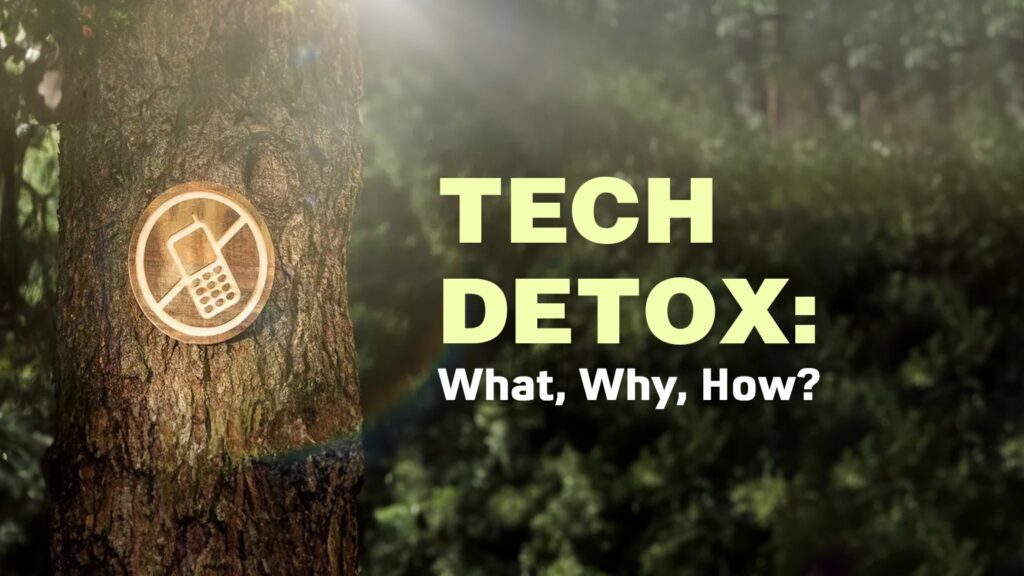
What if I tell you it’s not just the basic necessity of food, clothes and shelter that are prerequisite for our physical, emotional as well as mental wellbeing. And that there is something utterly serious that we are not paying enough heed to? Before you start over-contemplating, let me straight away introduce you to our […]
Make your Office Greener : Practical Tips for Sustainable Electronics Management
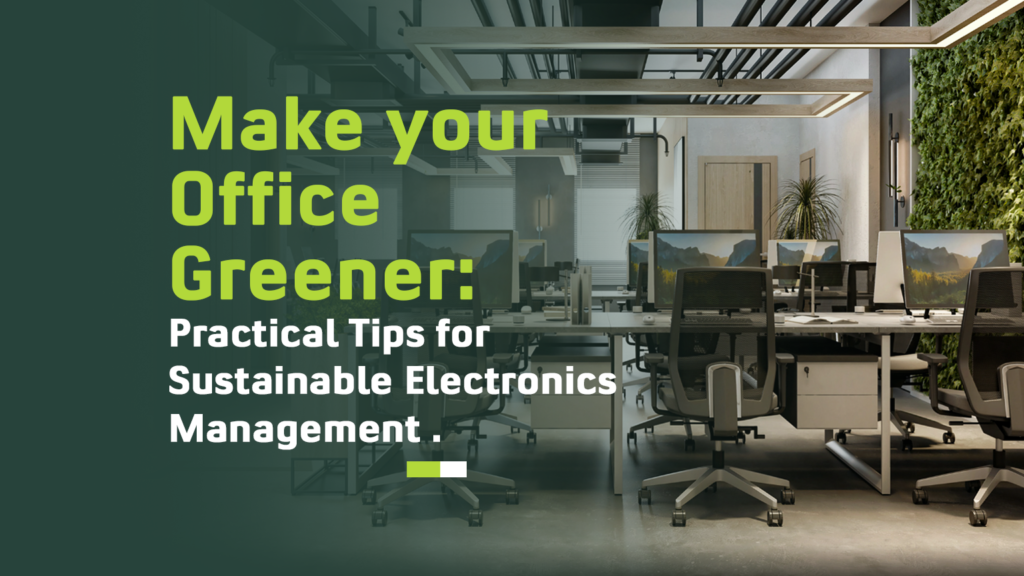
It’s really nice to see that you are ready to transform your office into a green powerhouse. Because, why not? Embracing sustainable electronics management not only slashes energy bills but also boosts productivity, morale and helps our environment, which makes it a win win! Curious about how your old gadgets can be a game-changer for […]
Akshay Jain with RJ Naved on Radio Mirchi

https://namoewaste.com/wp-content/uploads/2020/02/radio-mirchi.mp4 Akshay Jain with RJ Naved on Radio Mirchi Facebook Twitter LinkedIn
The Growing E-waste: Means to a Livelihood and Resource Management!

The Growing E-waste: Means to a Livelihood and Resource Management! We all know that e-waste is hazardous but we don’t do anything about it. Do you know why? Because we think, let others do it! This is exactly why Namo e-Waste came into being. To begin somewhere, we need everyone’s cooperation. Yours too! Did you […]
The Importance of E-Waste Management Practices
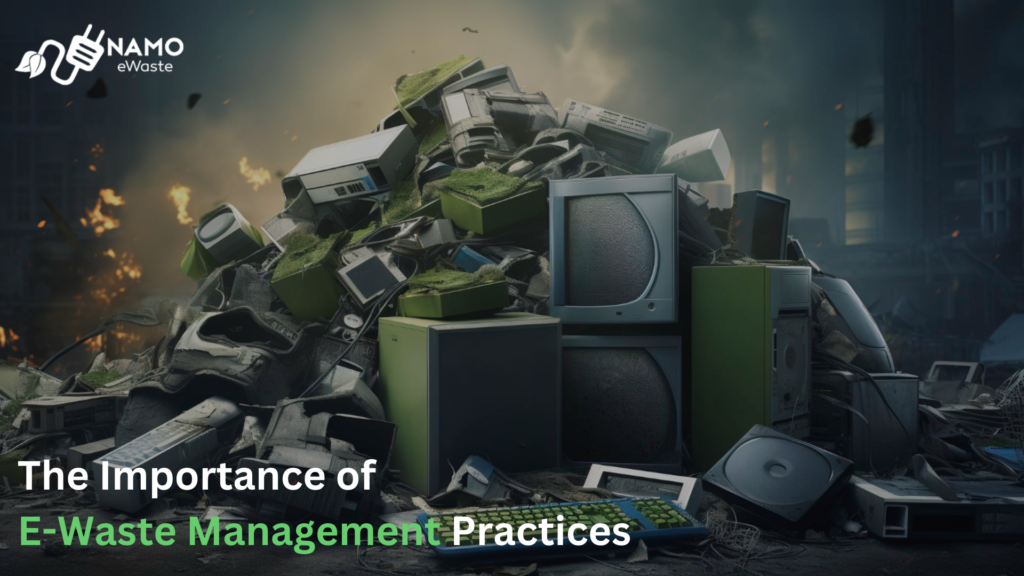
Electronic gadgets are becoming a necessary part of our everyday life in the digital age, acting as instruments for productivity, amusement, and communication. But a worrying tendency has emerged as a result of technology’s quick advancement: an enormous rise in electronic garbage, or “e-waste.” Our constant quest for the newest technology, from computers and cellphones […]
Closing the Loop: The Environmental Impact of E-Waste Recycling
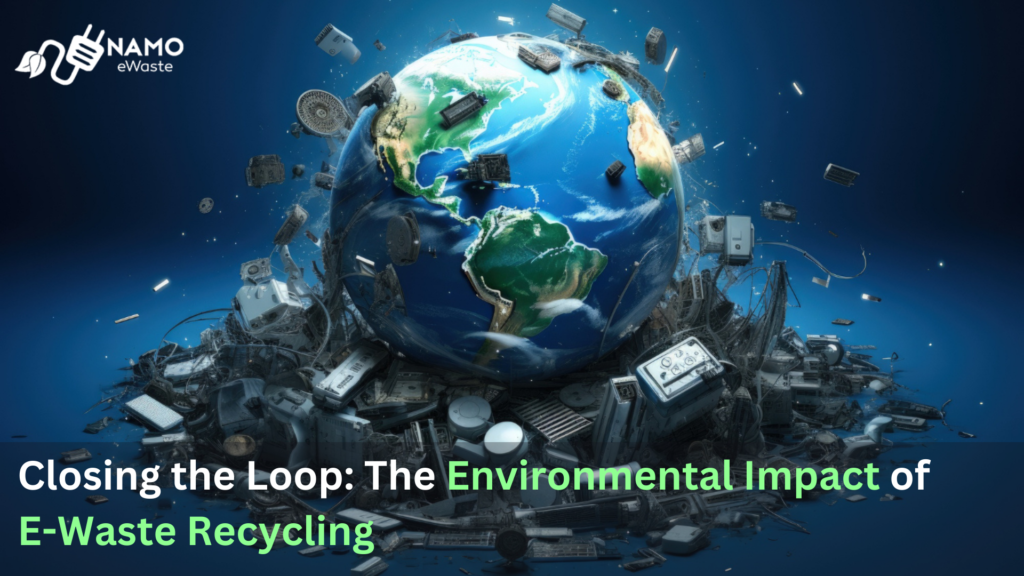
In our digital age, the rapid evolution of technology has led to a surge in electronic consumption, resulting in a corresponding increase in electronic waste, or e-waste. From outdated smartphones to obsolete laptops, electronic gadgets have a finite lifespan, contributing to the mounting electronic garbage crisis. As a result, the hazards of electronic waste have […]
Revolutionizing Sustainability: The Role of Namo eWaste in Recycling E-Waste in India
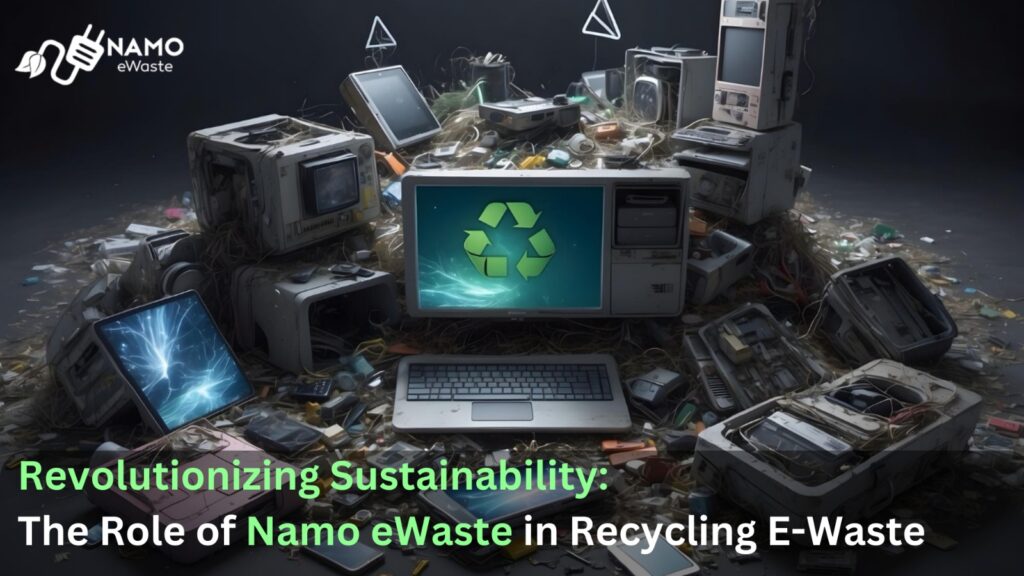
India is embracing the digital revolution. But the sudden digitization has led to a surge in electronic waste (e-waste), posing a significant environmental and health challenge. With an estimated 2 million tonnes of e-waste generated annually, India faces a shortage of responsible e-waste management companies. At Namo eWaste, we take the front seat to revolutionize the […]

